Why the hunt for Nessie is back and bigger than ever
The elusive creature still brings thousands to the Scottish Highlands

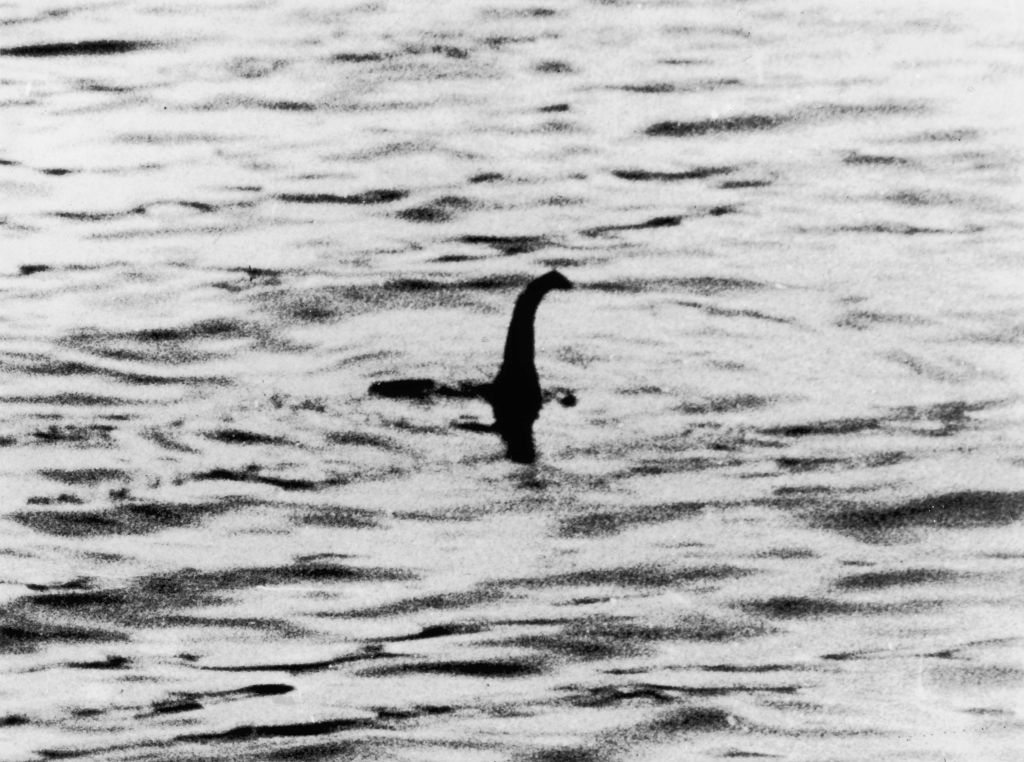
The Loch Ness monster has been a creature of interest for decades, and this past weekend The Loch Ness Centre conducted the "biggest search for the legendary beast in more than 50 years," NPR reported. While the search ended without any findings aside from "four distinctive noises," it reignited the hype around the search for the creature, per The Independent.
Interest in the monster took off in April 1933, when the first sighting was reported. Since then, there have been 1,140 official Nessie sightings, including the famous "Surgeon's Photograph" taken by English physician Robert Wilson (see above). This photo was later revealed to be staged, NPR continued. Despite this, Nessie still brings thousands to the Scottish Highlands 100 years later.
Thrill of the unknown
Many joined the search to "solve the age-old mystery once and for all," stated BBC. People are inherently interested in mystery and that which is unknown. "Though there's no evidence of the monster's existence, the myth … has endured for decades and has always sparked [research], explorations and discoveries." Namrita wrote in The Print. "Many 'expeditions' have been organized over the years to find proof that the Loch Ness monster exists."
The Week
Escape your echo chamber. Get the facts behind the news, plus analysis from multiple perspectives.

Sign up for The Week's Free Newsletters
From our morning news briefing to a weekly Good News Newsletter, get the best of The Week delivered directly to your inbox.
From our morning news briefing to a weekly Good News Newsletter, get the best of The Week delivered directly to your inbox.
Much of the interest in the creature stems from the fact that it still goes undiscovered even after decades of searches. "The enticing unknown still exists, lurking in the twilight zone of fertile imagination," Jug Suraiya wrote for The Economic Times. "What better mystery than made-up monsters, seductive serpents of a forsaken Eden?" The thrill of potentially proving the existence of the notoriously elusive creature is enough to draw monster hunters from all over the world.
However, the interest stops once a discovery comes to light. "If such a discovery were ever made, the monster would surely lose the mystique that draws thousands of tourists and Nessie hunters to the Highlands every year," wrote Paul Wilson in The Scotsman. "The things that captivate us the most are often those left to our own imaginations." He added, "As long as the monster confines herself to the murky depths, her place in folklore is secure."
Money matters
The potential to see Nessie has been a huge source of tourism for the Scottish Highlands. "The renewed interest in the monster legend had led to 'unbelievable' bookings across this summer season," wrote Libby Brooks in The Guardian. "There have been sporadic eruptions of public interest driven by fresh "sightings" or, some skeptics suggest, by the needs of the local tourism industry," stated an editorial in The Irish Times.
The tourism industry isn't the only one that benefits. The search crew used "modern technology, such as drones, that produces thermal images of the lake," allowing them to "search the waters in a way that has never been done before," reported The Associated Press. "Some say they will take a selfie with the creature, securing the money shot that will serve as hard evidence," leading to fame and fortune, wrote Jennifer Hassan for The Washington Post. Brooks added that while the creature draws people in, "the area has much more to offer than a mythical monster."
A free daily email with the biggest news stories of the day – and the best features from TheWeek.com
Devika Rao has worked as a staff writer at The Week since 2022, covering science, the environment, climate and business. She previously worked as a policy associate for a nonprofit organization advocating for environmental action from a business perspective.
-
 Whiskey tariffs cause major problems for American distillers
Whiskey tariffs cause major problems for American distillersIn the Spotlight Jim Beam is the latest brand to feel the pain
-
 Danes ‘outraged’ at revived Trump Greenland push
Danes ‘outraged’ at revived Trump Greenland pushSpeed Read
-
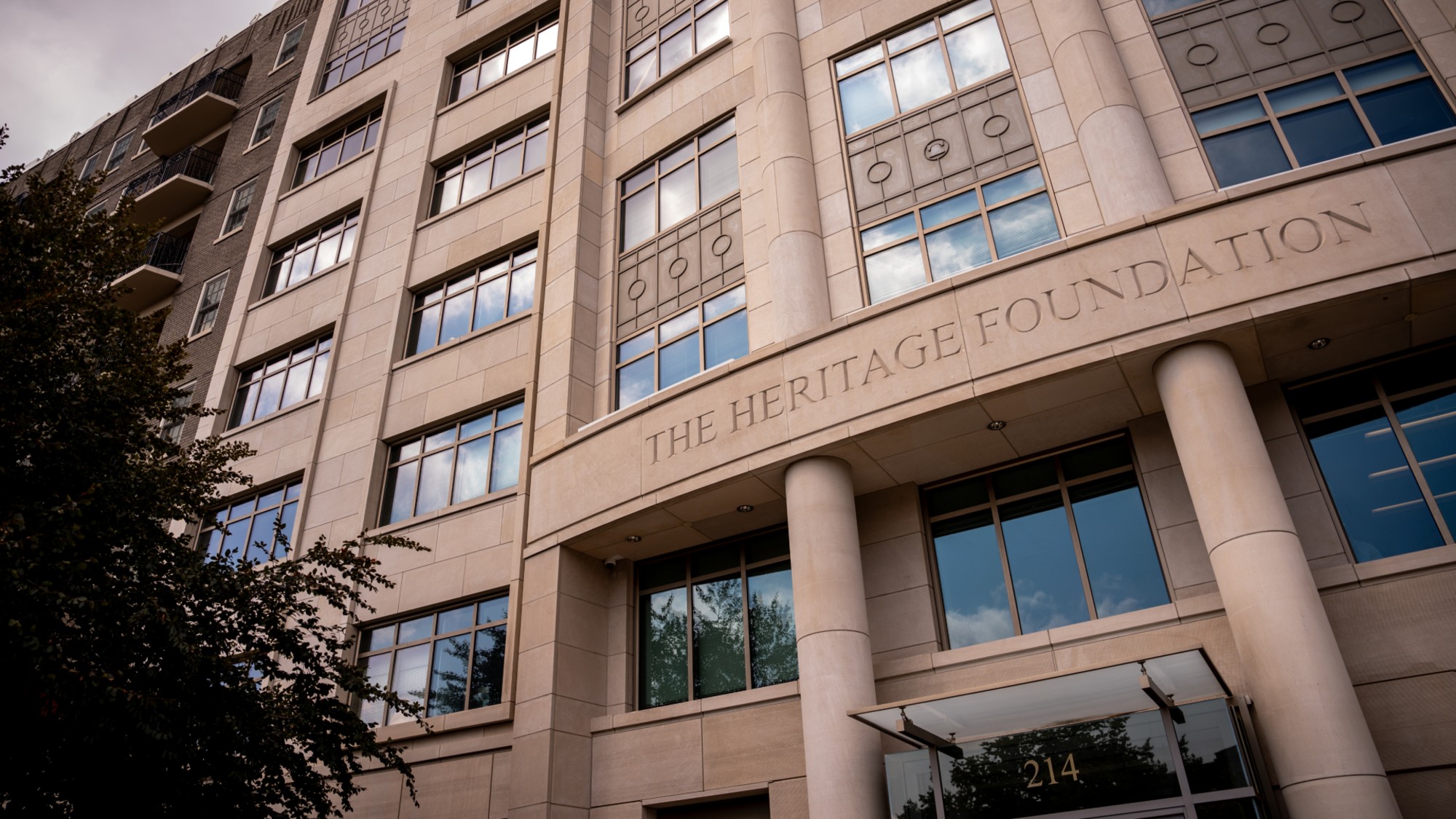 ‘Tension has been building inside Heritage for a long time’
‘Tension has been building inside Heritage for a long time’Instant Opinion Opinion, comment and editorials of the day
-
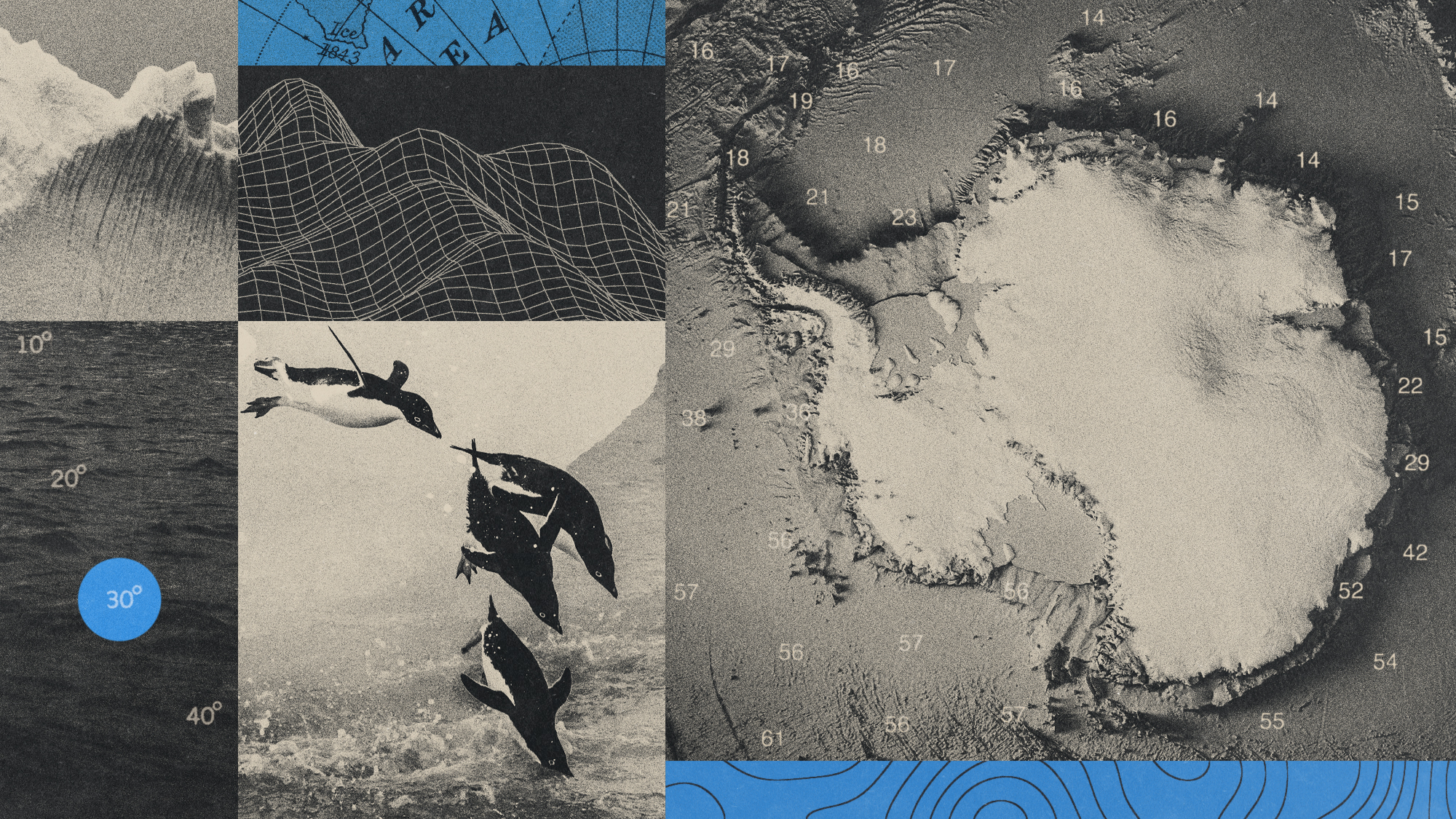 Canyons under the Antarctic have deep impacts
Canyons under the Antarctic have deep impactsUnder the radar Submarine canyons could be affecting the climate more than previously thought
-
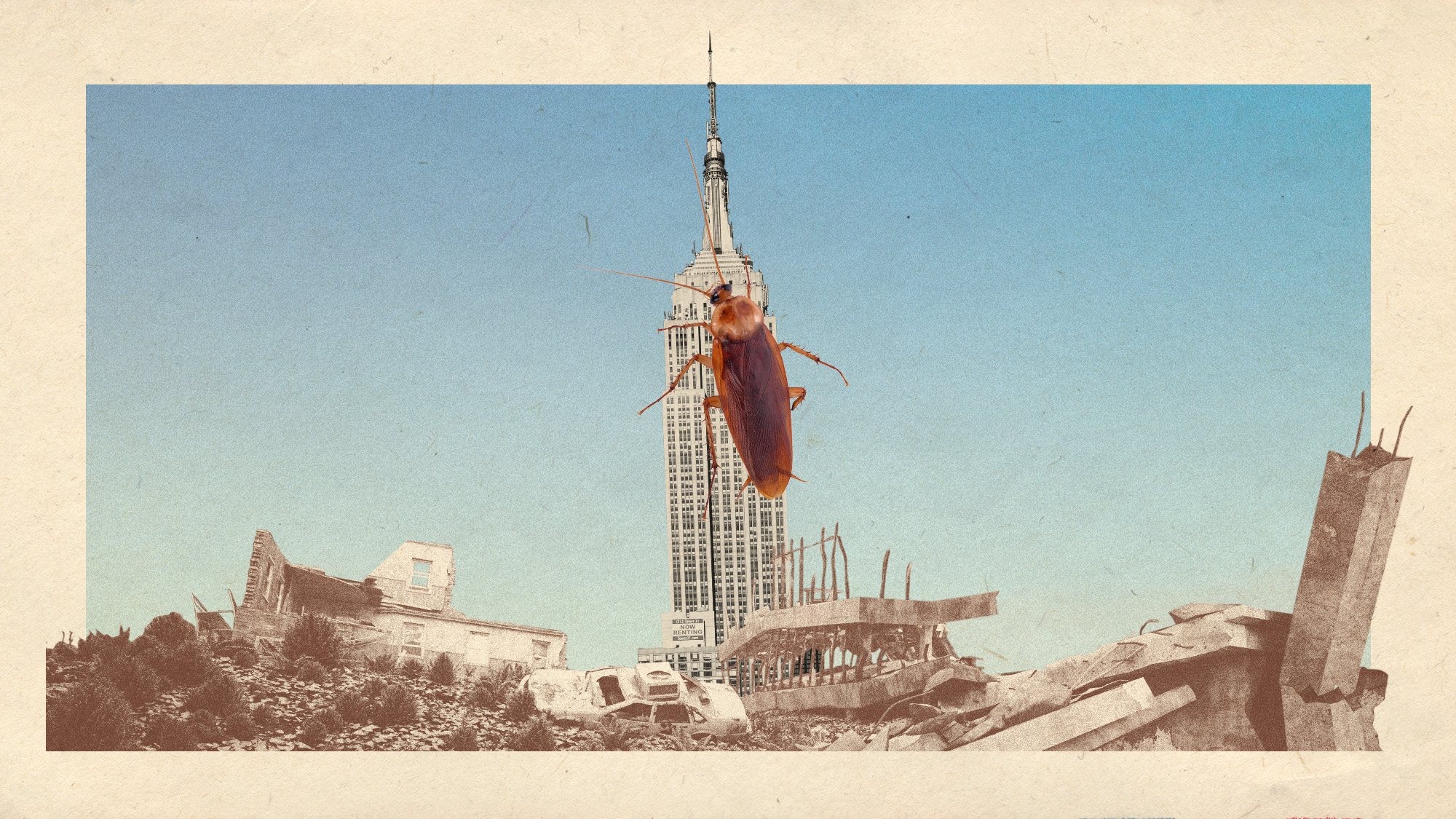 What would happen to Earth if humans went extinct?
What would happen to Earth if humans went extinct?The Explainer Human extinction could potentially give rise to new species and climates
-
 A zombie volcano is coming back to life, but there is no need to worry just yet
A zombie volcano is coming back to life, but there is no need to worry just yetUnder the radar Uturuncu's seismic activity is the result of a hydrothermal system
-
 'Bioelectric bacteria on steroids' could aid in pollutant cleanup and energy renewal
'Bioelectric bacteria on steroids' could aid in pollutant cleanup and energy renewalUnder the radar The new species is sparking hope for environmental efforts
-
 Earth's oceans were once green and could one day turn purple
Earth's oceans were once green and could one day turn purpleUnder the radar The current blue may be temporary
-
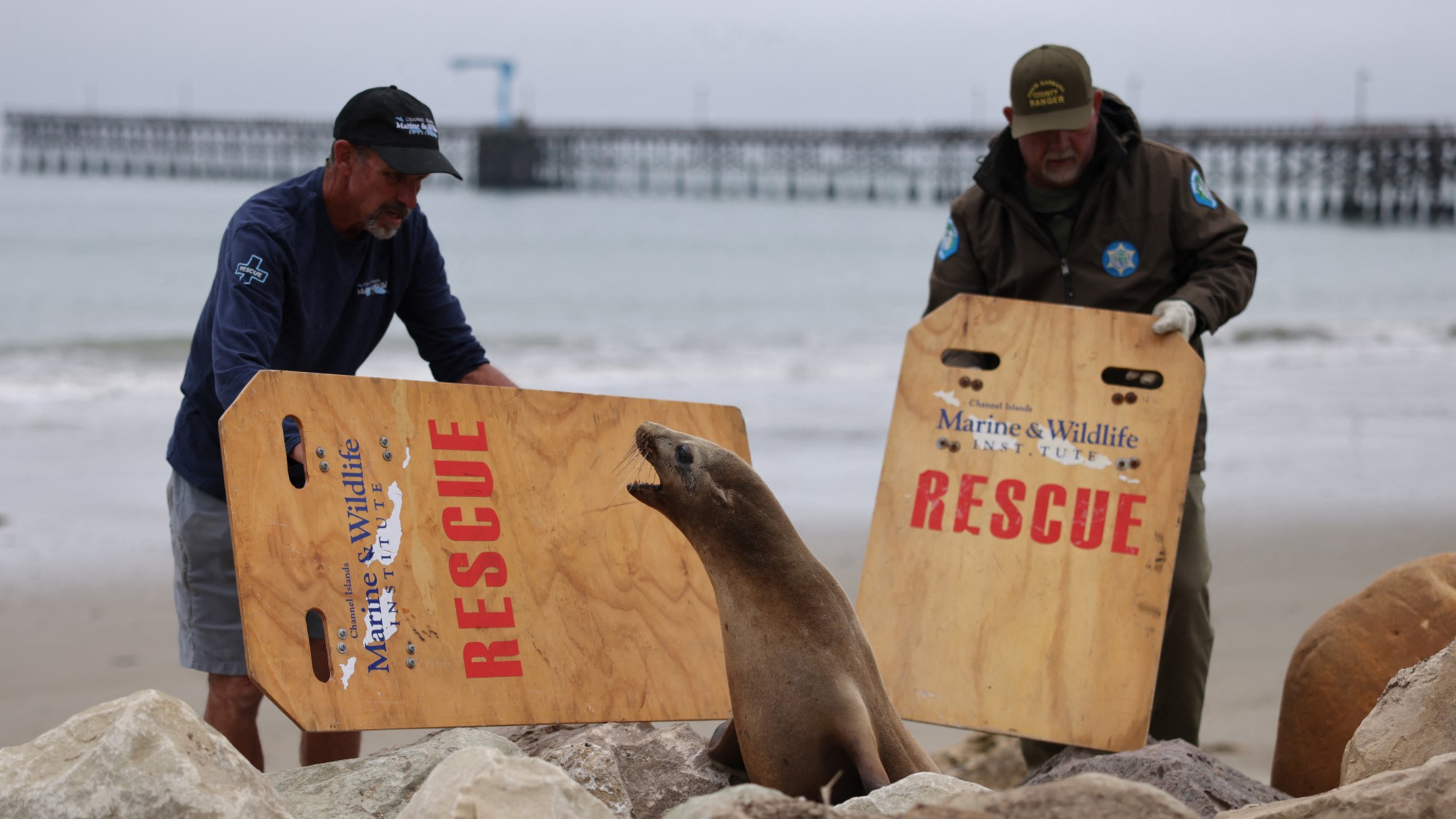 Toxic algae could be causing sea lions to attack
Toxic algae could be causing sea lions to attackIn the Spotlight A particular algae is known to make animals more aggressive
-
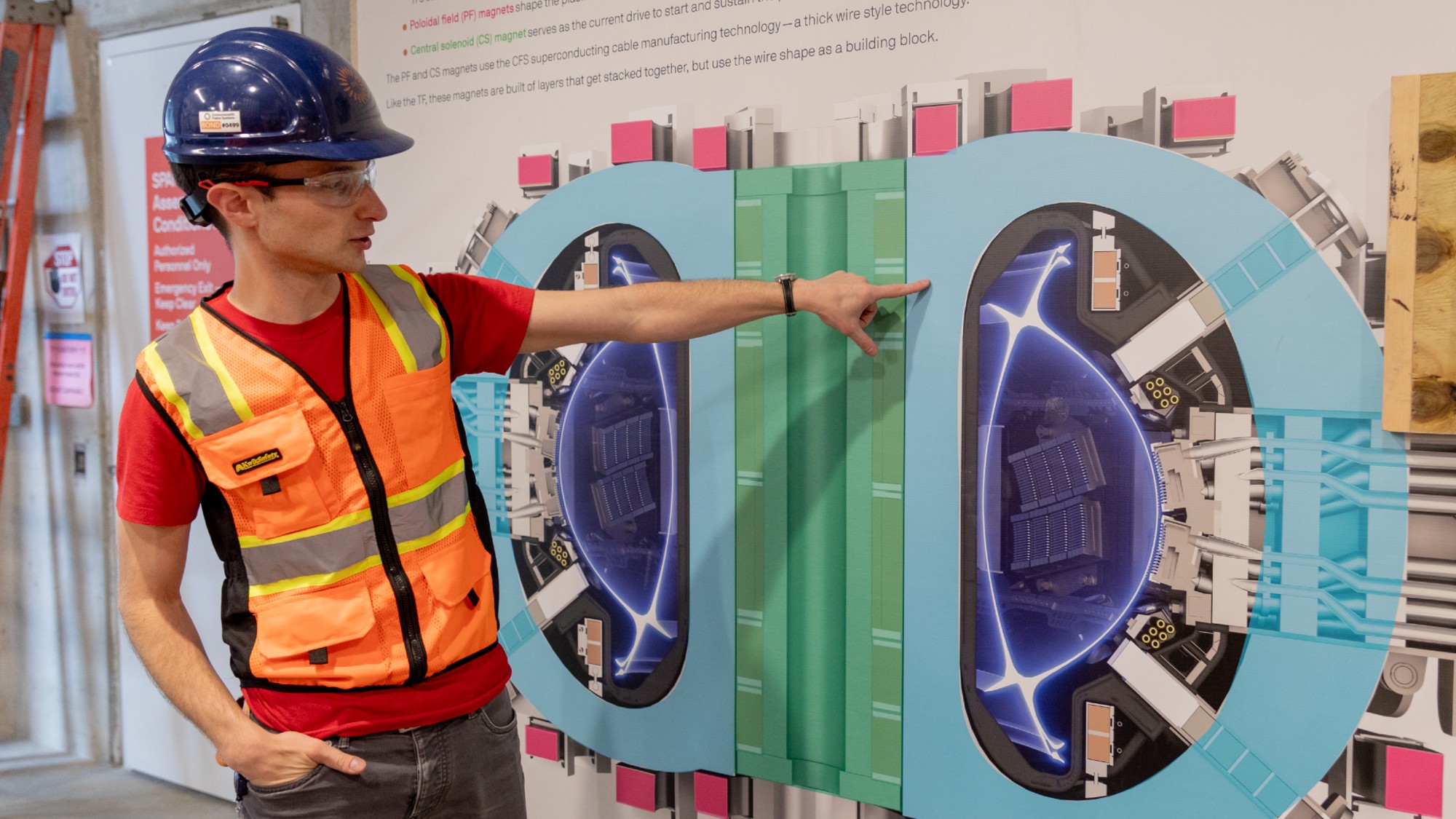 Cautious optimism surrounds plans for the world's first nuclear fusion power plant
Cautious optimism surrounds plans for the world's first nuclear fusion power plantTalking Point Some in the industry feel that the plant will face many challenges
-
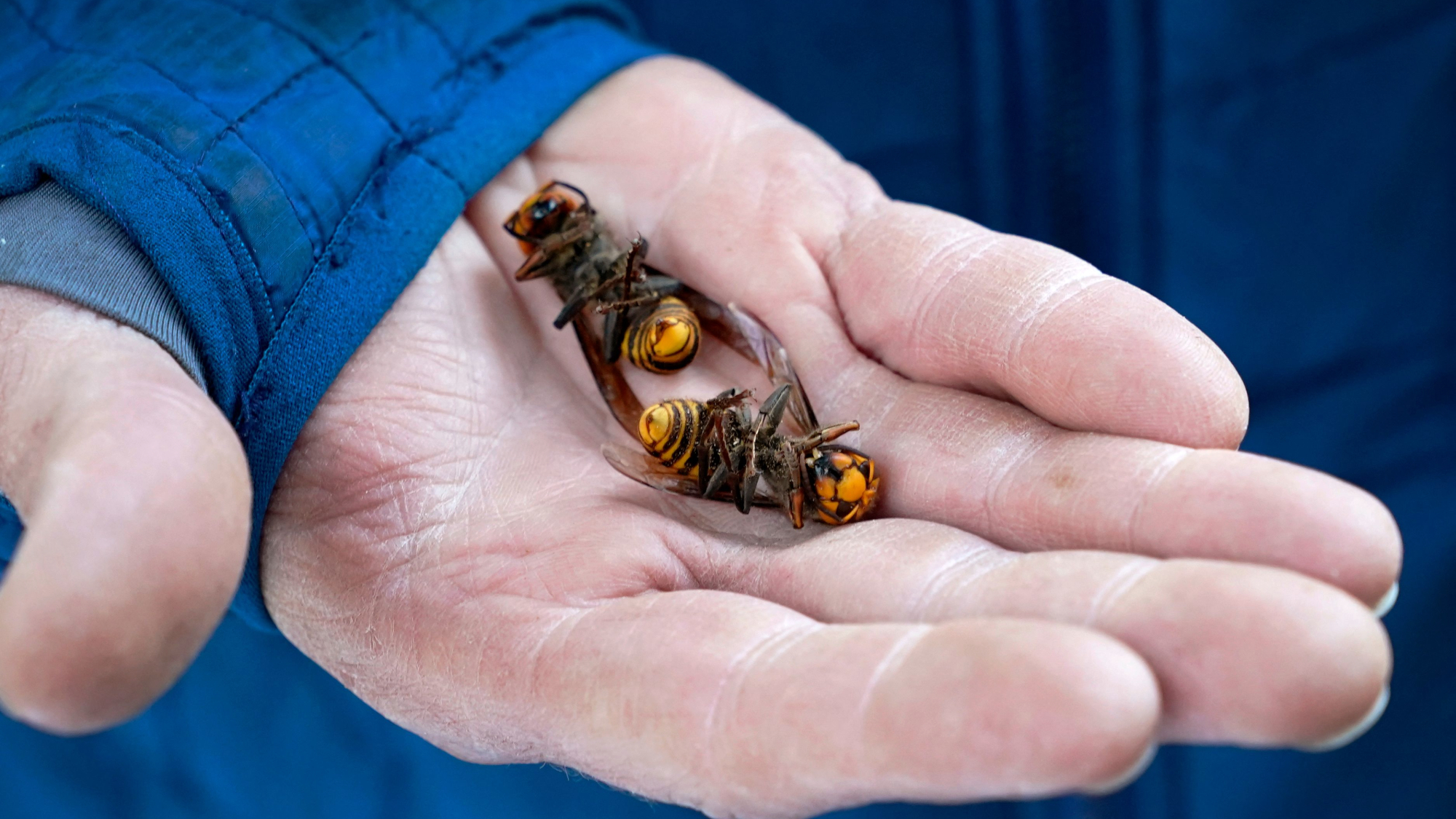 US won its war on 'murder hornets,' officials say
US won its war on 'murder hornets,' officials saySpeed Read The announcement comes five years after the hornets were first spotted in the US
